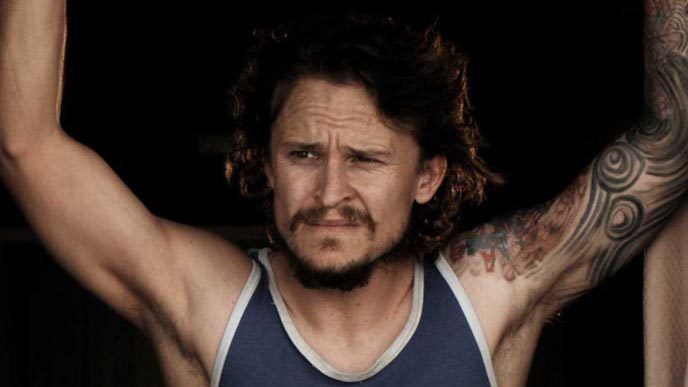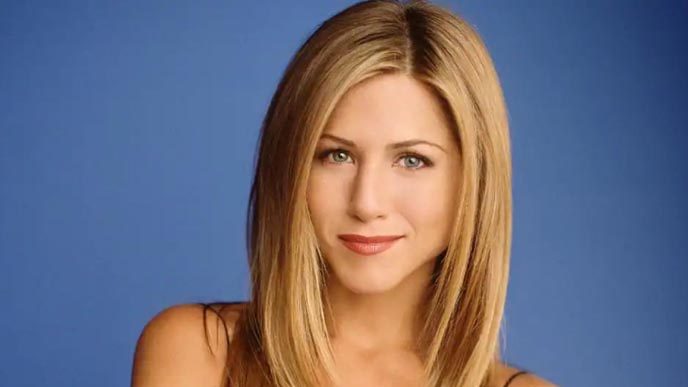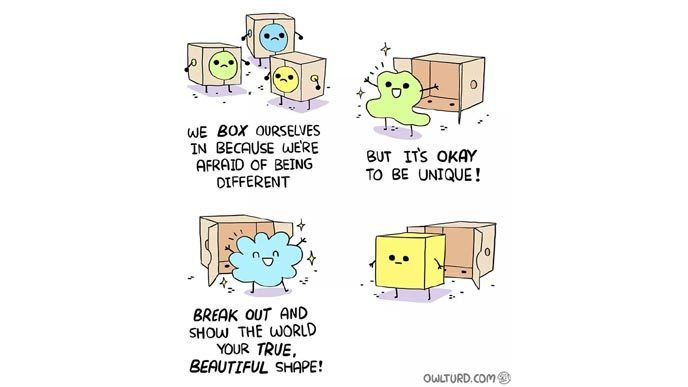Every type of business, every line of work has its fair share of unique challenges. And what you’ll find with so many of these challenges is that they are utterly at odds with one another. If you run a restaurant, of course you want to use the highest quality ingredients, but you need to be just as mindful of your menu prices. You want to offer a unique product or service to the world, but if you’re idea is too far out there, no one is going to be interested.
When it comes to the entertainment business, just as with blogging or as an online influencer, one of the greatest challenges that you’re going to face is getting noticed. It can be really hard to break through that signal-to-noise ratio when there is just so much talent (or so much content) out there. For every Tom Hanks or Jennifer Lawrence, there are thousands (millions?) of would-be hopefuls vying to “break into the business.”
But at the same time, many of these actors and actresses actively avoid being “typecast” for fear that it will restrict future opportunities. They’re afraid that casting directors will only see them a single way and they’ll never be able to “branch out” and show what else they are capable of doing. But is typecasting really that bad?
Getting Caged In
Actor Damon Herriman will be playing Charles Manson in two separate projects that will be released around the same time. He’s been cast in the second season of “Mindhunter” on Netflix, presumably playing the mass murderer when he is already behind bars. In “Once Upon a Time in Hollywood,” a movie set to be directed by the legendary Quentin Tarantino, Herriman looks to playing the role of Manson while he is still “free” and expanding his “family.”

Some actors might be afraid of not only depicting the same “type” of character so close together, let alone playing the exact same individual that’s actually based on a real-life person. But think about it this way. For all intents and purposes, Damon Herriman is a relative unknown in Hollywood. At this point, it’s not immediately obvious how big these roles will even be… but either one could work out to be a breakout opportunity. When else will you have the chance to work with Tarantino and David Fincher?
It’s not just about the paycheck. It’s about the potential exposure and connections he can make from these opportunities. In some ways, my work here with John has “typecast” me in some eyes as the guy who writes about social media and Internet marketing. Of course, my career expands far beyond that, but not everyone sees that. And that’s okay. This “success” or “importance” by association has been critical to my career.
Quite the Central Perk
You know who is an incredible example of “succesful” typecasting? Jennifer Aniston. Most of us know her best for playing Rachel Green on the hit 90s sitcom Friends. Indeed, even her iconic hairstyle became known as “the Rachel” in fashion circles. But if you were to look through Jennifer Aniston’s filmography in the last 25+ years, you’ll see that she has fundamentally played variations on the Rachel character over and over again.

While there are a few deviations in there, to be sure, she has systematically played a very similar kind of personality in so many of these films. Usually single, approachably gorgeous, working or middle class, and involved in some sort of complex romantic situation. And this has really, really worked out well for her.
She’s worth about $220 million today, thanks to movie roles and product endorsement deals. That’s more than any of the other main cast from Friends. Courtney Cox, who played Monica, comes in second at $120 million and Lisa Kudrow (Phoebe) brings up the rear at about $70 million. The three male actors — Matt LeBlanc (Joey), Matthew Perry (Chandler), and David Schwimmer (Ross) — are all estimated to be worth around $80 million.
Fitting In and Standing Out
A couple of years ago, I came across this Owlturd webcomic that illustrated how it feels when we box ourselves in. It spoke about how we try to conform to the expectations of others, because we’re afraid of being different.

It’s okay to be different. It’s okay to be unique. But you know what? It’s okay to be a cube too if a cube is who you really are. Embrace your cubiness and recognize that being “typecast” into whatever it is that you want to do is hardly a bad thing. Strike the pan while it’s hot, milk the cow for all that it’s worth, and then get ready to pivot should the circumstances change.
Just because people expect you to stay a cube forever doesn’t mean you can’t be a Rachel tomorrow. Remember she went from abandoning her own wedding to serving coffee at Central Perk to working at Bloomingdale’s, Ralph Lauren and even Louis Vuitton. That sounds like dot com lifestyle territory.
